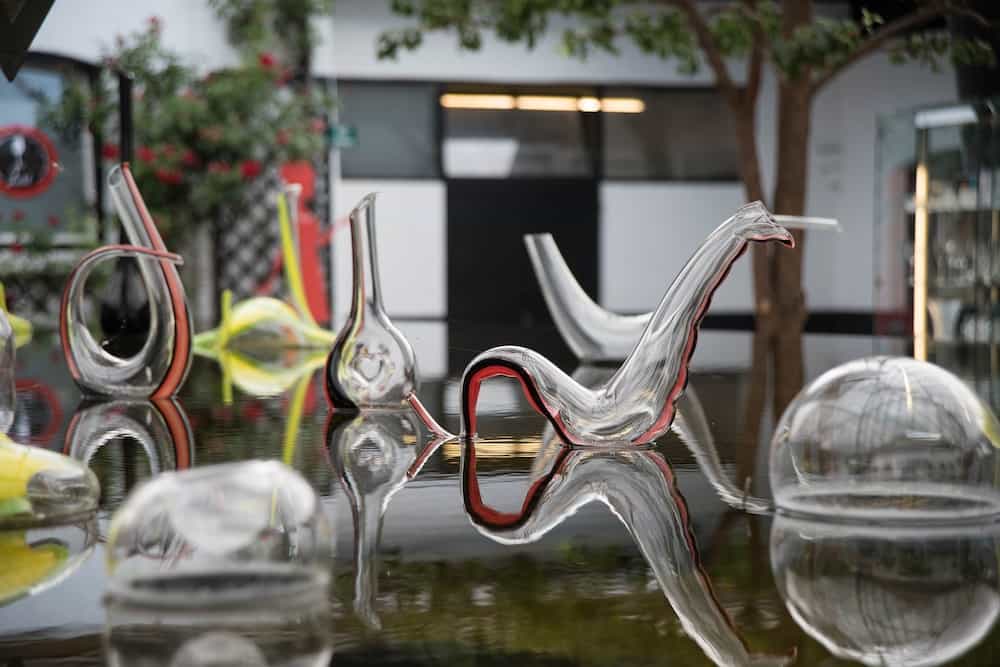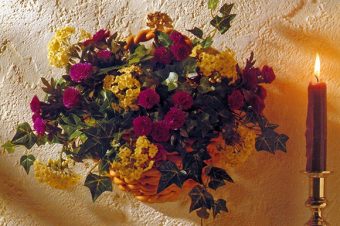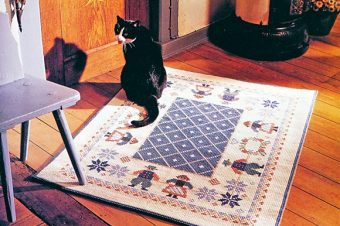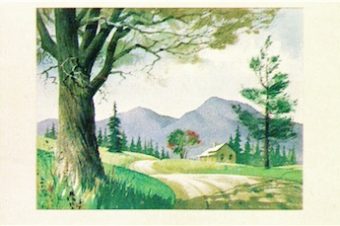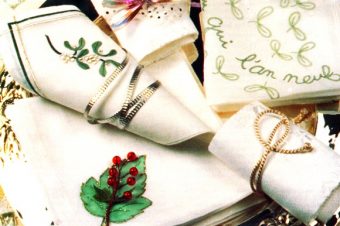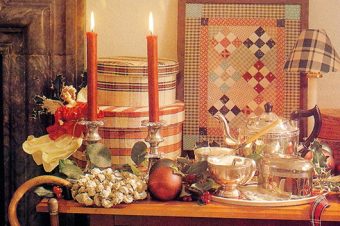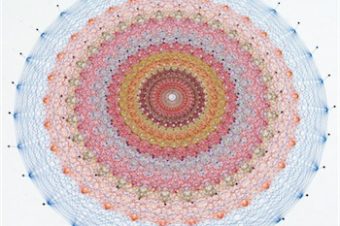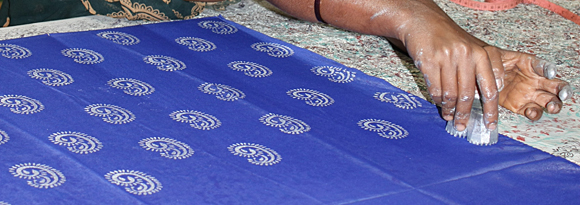A Selection of the Best Glassblowing Books Available
The Methods Of Glassblowing
 Many of the earliest books, particularly those dating back to the 1900s and before, are now extremely scarce and increasingly expensive. We are republishing these classic works in affordable, high quality, modern editions, using the original text and artwork.
Many of the earliest books, particularly those dating back to the 1900s and before, are now extremely scarce and increasingly expensive. We are republishing these classic works in affordable, high quality, modern editions, using the original text and artwork.
Glassblowing – A Technical Manual
 This lavish volume celebrates the art of glassblowing by explaining the processes and illustrating the techniques with a dazzling array of finished pieces. Beginning with tools and equipment, it offers a practical overview of the basic techniques–“how to gather molten glass from the furnace, shape glass, and use jacks–“while making a variety of solid glass objects
This lavish volume celebrates the art of glassblowing by explaining the processes and illustrating the techniques with a dazzling array of finished pieces. Beginning with tools and equipment, it offers a practical overview of the basic techniques–“how to gather molten glass from the furnace, shape glass, and use jacks–“while making a variety of solid glass objects
No one can fail to be excited by the sight of hot molten glass being blown into shape. This beautiful book captures that excitement and explains with practical detail the secrets of the glassblower’s art. Topics covered: tools and equipment – includes advice on the tools and workspace required, as well as instruction on designing and building a furnace, annealing oven and glassmakers’ bench; solid glass objects – introduces basic techniques such as gathering glass from the furnace, shaping glass, blowing a bubble and using the pucellas; glass blowing – explains how to make tumblers, bowls, vases, wine glasses and jugs, with advice on how to deal with common problems; color – covers the different forms of color, how to use solid, chips and powder, as well as basic and advanced techniques. Lavishly illustrated with some 200 photographs and line drawings of step-by-step processes and finished examples of studio glass.
Laboratory Manual Of Glassblowing
 The purpose of this little book is to provide a clear and 1 detailed discussion of the elements of glassblowing. I Many laboratories in this country, especially in the west, are located a long way from any professional glass-blower, and the time and money spent in shipping broken apparatus several hundred miles to be mended could often be saved if some of the laboratory force could seal on a new stop-cock, replace a broken tube, or make some temporary repairs. Many men in physical or chemical I laboratories have occasion to modify some piece of apparatus designed perhaps for other uses, or to design new apparatus. To such also, the ability to perform some of the operations herein described may be very valuable. No originality is claimed for the methods here described. They are those which the author has found most suitable and convenient in his own work, and most easily learned by students. The aim has been to describe each operation in such detail that a beginner can follow the process without help and, with practice, attain satisfactory results. It is, however, much easier to perform any of the operations described, after seeing some one else perform it correctly since the temperature, the exact time to begin blowing the glass, and many other little details are very difficult to obtain from a description. It has not been thought worth while to describe the process of making stop-cocks, thermometers, vacuum tubes, etc., as such things can be purchased more cheaply and of much better quality than any amateur can make unless he is willing to spend a very large amount of time in practice. For similar reasons the manipulation of quartz glass has been omitted. One of the most important factors in the success of any piece of glassblowing is the glass employed. As is well known, there are two general varieties of glass Lead glass and Soda glass. Formerly much apparatus was made of lead glass, but at present it is very seldom met with, except in the little drops of special glass used to seal platinum wires into the larger sizes of tubes. Lead glass is softer and more readily fusible than soda glass, but has the disagreeable property of growing black in a few seconds unless worked in a strong oxidizing flame.This may be prevented by using a hissing flame, with a large excess of air, and working in the extreme end of the flame or the black lead formed may thus be re-oxidized, and the glass restored to its original clearness.
The purpose of this little book is to provide a clear and 1 detailed discussion of the elements of glassblowing. I Many laboratories in this country, especially in the west, are located a long way from any professional glass-blower, and the time and money spent in shipping broken apparatus several hundred miles to be mended could often be saved if some of the laboratory force could seal on a new stop-cock, replace a broken tube, or make some temporary repairs. Many men in physical or chemical I laboratories have occasion to modify some piece of apparatus designed perhaps for other uses, or to design new apparatus. To such also, the ability to perform some of the operations herein described may be very valuable. No originality is claimed for the methods here described. They are those which the author has found most suitable and convenient in his own work, and most easily learned by students. The aim has been to describe each operation in such detail that a beginner can follow the process without help and, with practice, attain satisfactory results. It is, however, much easier to perform any of the operations described, after seeing some one else perform it correctly since the temperature, the exact time to begin blowing the glass, and many other little details are very difficult to obtain from a description. It has not been thought worth while to describe the process of making stop-cocks, thermometers, vacuum tubes, etc., as such things can be purchased more cheaply and of much better quality than any amateur can make unless he is willing to spend a very large amount of time in practice. For similar reasons the manipulation of quartz glass has been omitted. One of the most important factors in the success of any piece of glassblowing is the glass employed. As is well known, there are two general varieties of glass Lead glass and Soda glass. Formerly much apparatus was made of lead glass, but at present it is very seldom met with, except in the little drops of special glass used to seal platinum wires into the larger sizes of tubes. Lead glass is softer and more readily fusible than soda glass, but has the disagreeable property of growing black in a few seconds unless worked in a strong oxidizing flame.This may be prevented by using a hissing flame, with a large excess of air, and working in the extreme end of the flame or the black lead formed may thus be re-oxidized, and the glass restored to its original clearness.
Glassblowing
 Originally published under the title Experimental Glass Blowing for Boys in the early 20th century, this book contains a series of 80 “experiments” designed to teach the basic techniques of lampwork. The book discusses types of glass, how to cut, bend, and stretch glass tubes and rods, sealing a tube, blowing a bubble, joining tubes, how to cut window glass and bottles, boring a hole in glass, etc. The experiments include kids’ stuff like squirt bottles, pea shooters and whistles, as well as more practical fare such as a drinking tube, siphon, nozzles, and a spirit level. Over 100 illustrations. At the time of original publication Carleton J. Lynde, Ph.D., was Professor of Physics at MacDonald College in Quebec, Canada.
Originally published under the title Experimental Glass Blowing for Boys in the early 20th century, this book contains a series of 80 “experiments” designed to teach the basic techniques of lampwork. The book discusses types of glass, how to cut, bend, and stretch glass tubes and rods, sealing a tube, blowing a bubble, joining tubes, how to cut window glass and bottles, boring a hole in glass, etc. The experiments include kids’ stuff like squirt bottles, pea shooters and whistles, as well as more practical fare such as a drinking tube, siphon, nozzles, and a spirit level. Over 100 illustrations. At the time of original publication Carleton J. Lynde, Ph.D., was Professor of Physics at MacDonald College in Quebec, Canada.

